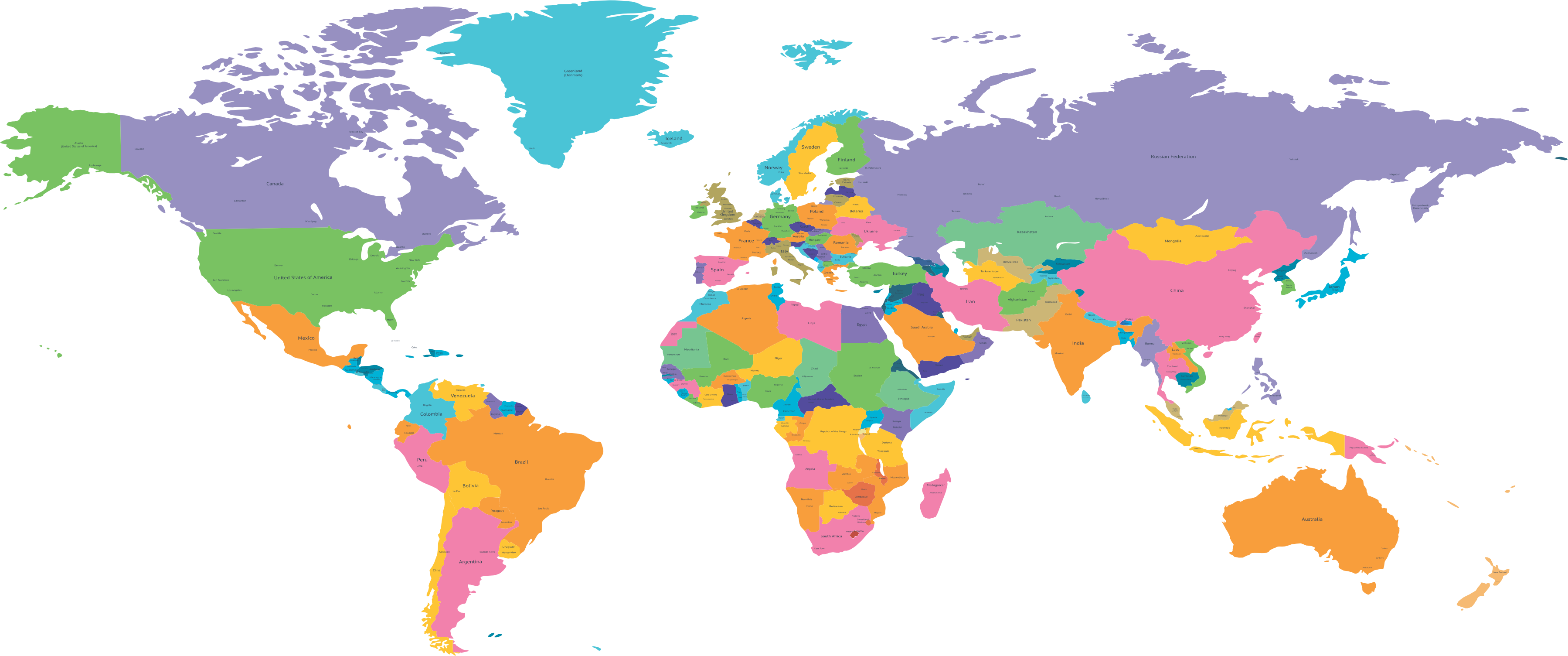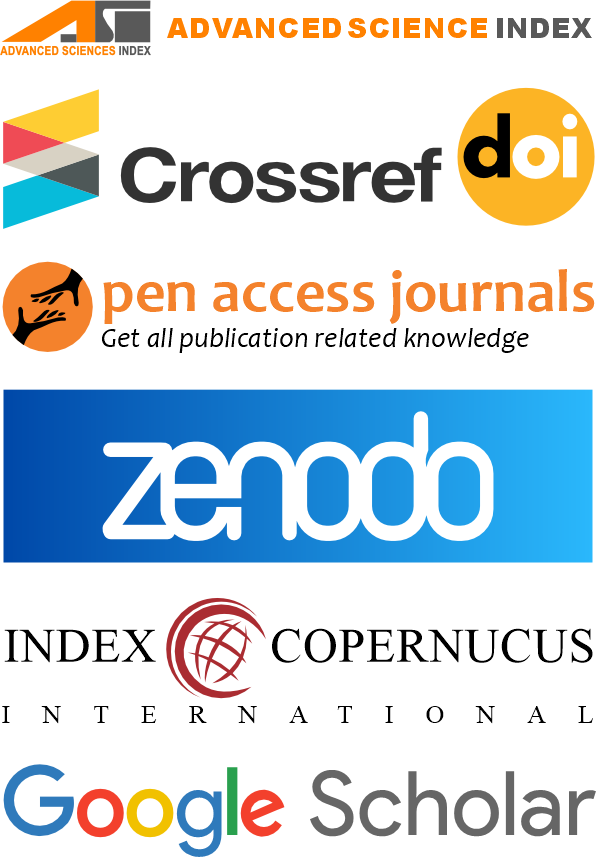The Impact of Regional and Global Dynamics on Pakistan-Iran Relations
DOI:
https://doi.org/10.62997/rl.2023a.26712Keywords:
Balochistan, JCPOA, Goldsmith Line, Geopolitical ComplexitiesAbstract
The research explores the geopolitical significance of the "Goldsmith Line," a border between Iran and Pakistan. Serving as a strategic link between the Middle East and South Asia, the Goldsmith Line connects the Balochistan provinces on both sides, inhabited by the Baloch people. The study delves into historical shifts in Iran-Pakistan relations, highlighting the impact of the Joint Comprehensive Plan of Action (JCPOA) and the potential for enhanced collaboration. Challenges, including security tensions, sectarian elements, and regional dynamics, are discussed. Furthermore, it emphasizes the shared cultural, ethnic, and economic ties between Baloch people on both sides, proposing measures for economic development and border security improvement. It also explores the evolving dynamics of Russia-Pakistan relations, addressing historical contexts and recent developments. The research concludes by examining obstacles and opportunities in current Iran-Pakistan ties, emphasizing the need for cautious navigation amid geopolitical complexities.
References
Adamson, F. B. (2006). Crossing borders: International migration and national security. International Security, 31(1), 165-199. https://doi.org/10.1162/isec.2006.31.1.165
Ahmad, M. A. (2017). Snooping into Belt and Road initiative: A comparative study of Gwadar with Chabahar Port. Journal of the Punjab University Historical Society, 30(2), 87-98. http://pu.edu.pk/images/journal/HistoryPStudies/PDF_Files/9_V-30-No2-Dec17.pdf
Ahmed, K. (2011). Sectarian war: Pakistan’s Sunni-Shia Violence and Its Links to the Middle East. Karachi: oxford university press.
Alam, S. (2004). Iran‐Pakistan relations: Political and strategic dimensions. Strategic Analysis, 28(4), 526-545. https://doi.org/10.1080/09700160408450157
Andreas, P. (2003). Perspective: Border Security in the Age of Globalization: How can we protect ourselves without losing the benefits of openness? Regional Review (Q 3), 3-7
Andreas, P. (2017). Perspective Border Security in the age of Globalization. Karachi: Oxford University Press.
Burke, S. M., & Ziring, L. (1990). Pakistan's foreign policy: An historical analysis. Oxford University Press, USA.
Buzan, B., & Wæver, O. (2003). Regions and powers: The Structure of International Security. Camhridge University Press.
Buzan, B., & Wæver, O. (2003). Regions and powers: The structure of international security. Cambridge University Press.
Cornell, S. E. (2003). Regional Politics in Central Asia: The changing roles of Iran, Turkey, Pakistan and China. New Delhi sAPRA Foundation, 2003.
Imtiaz, A. (2019). Pakistan-Iran relations: Economic and political dimensions. Karachi. Oxford University press.
Jan, Tarik, (Ed.) (1993). Foreign policy debate: The years ahead. Islamabad: Institute of Policy Studies. 216
Kux, D. (2001). The United States and Pakistan, 1947-2000: Disenchanted Allies. Woodrow Wilson Center Press.
Mazari, S. (2000). Iran-Pakistan cooperation in a New Strategic Environment. Strategic Studies, 22(1).
Sheikh, F. & Price, G. (2001). Pakistan: Regional Rivalries and local impacts. London: Woodrow Wilson Press.
Tehsin M. (2017). Iran-Pakistan Relations: Challenges, Constraints and Opportunities. FWU Journal of Social Sciences, 11(2), 39-50.




